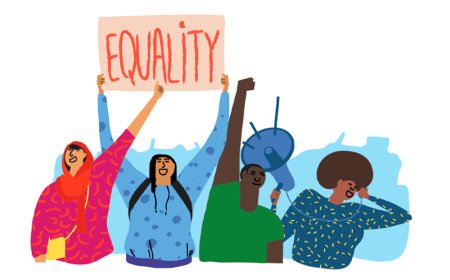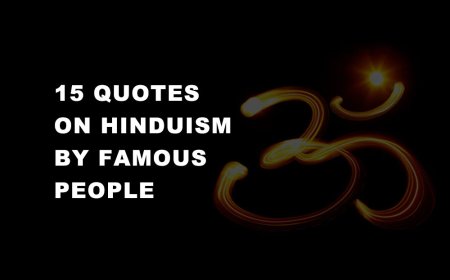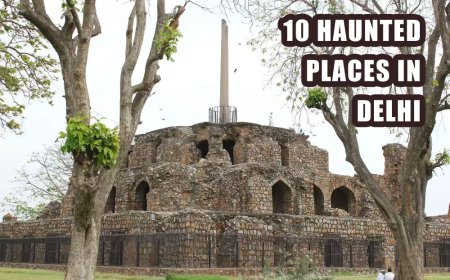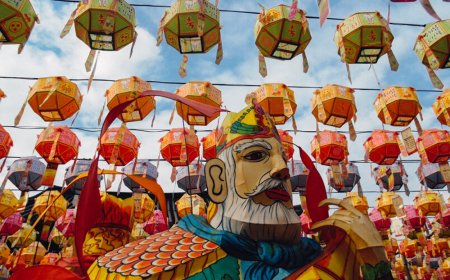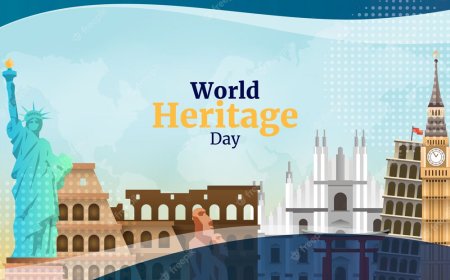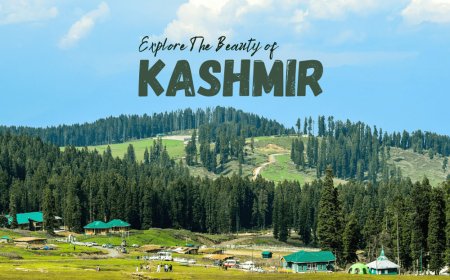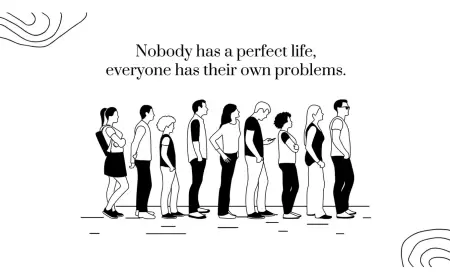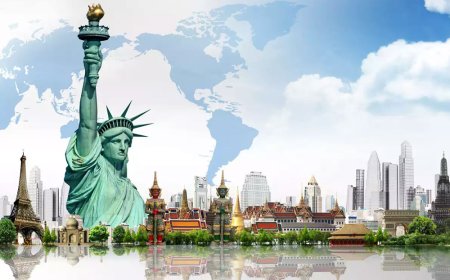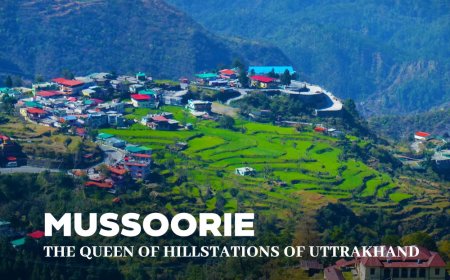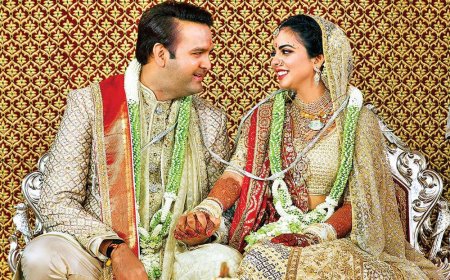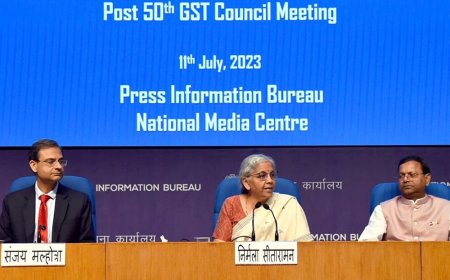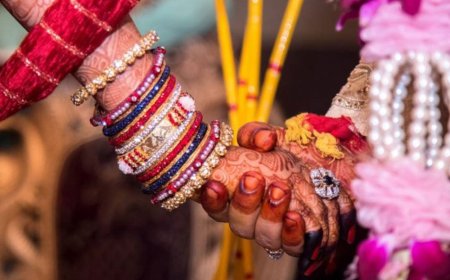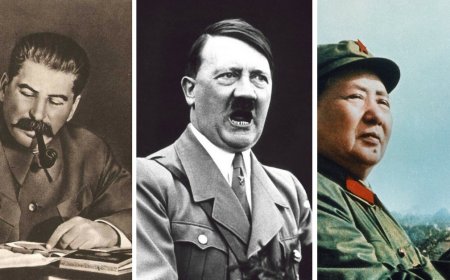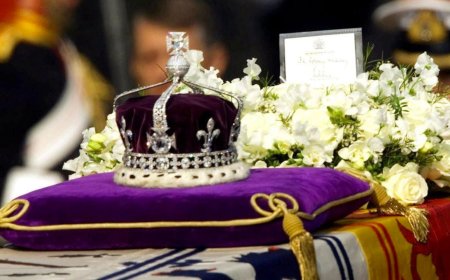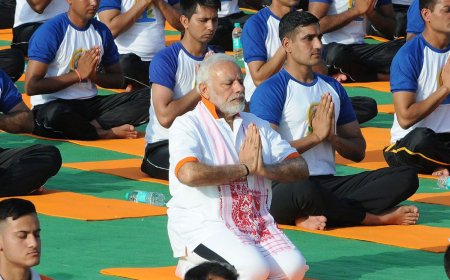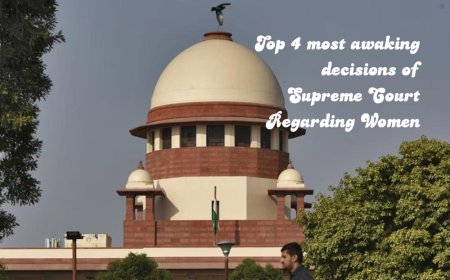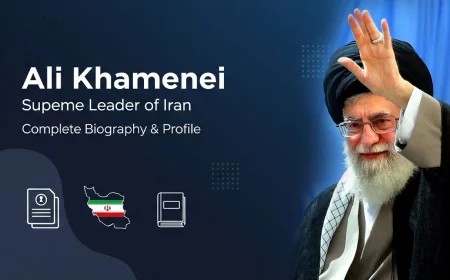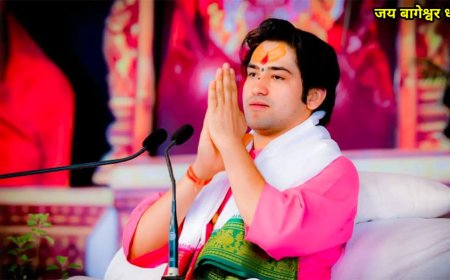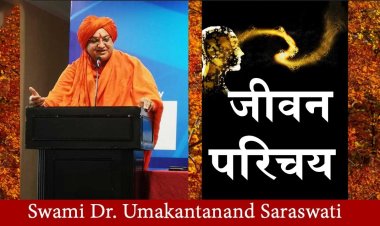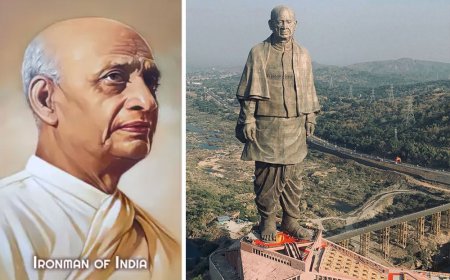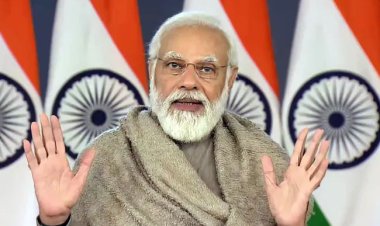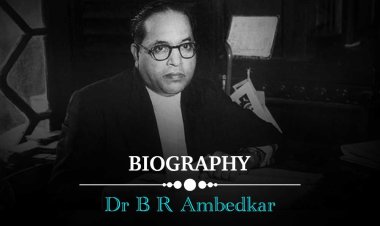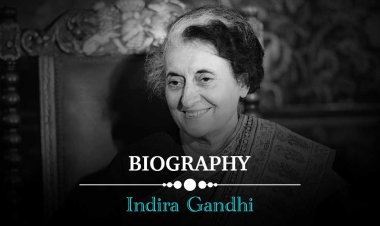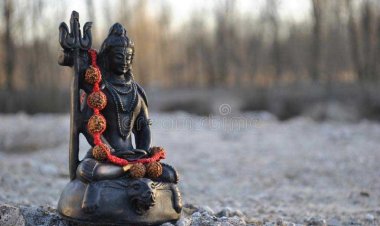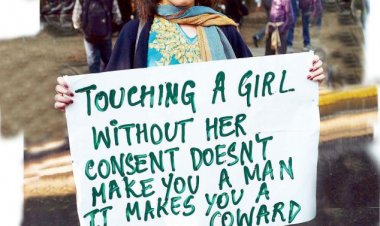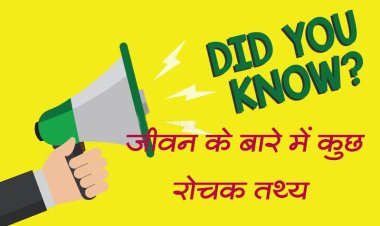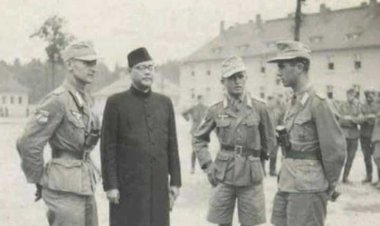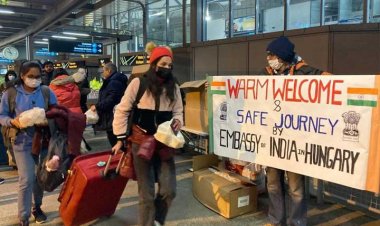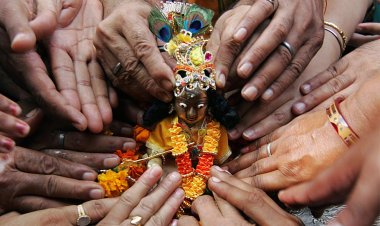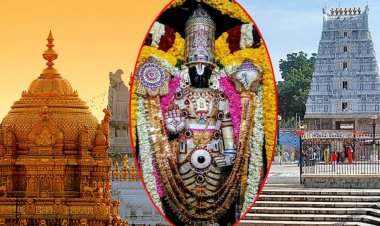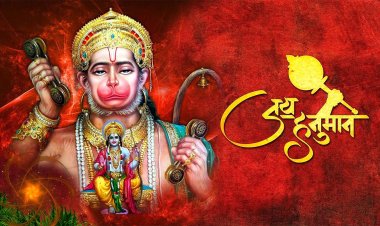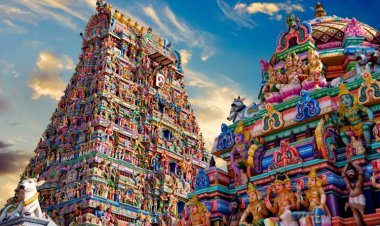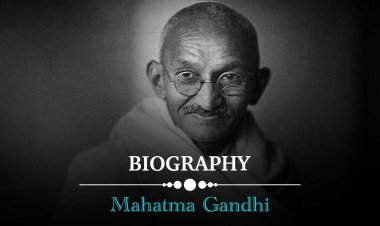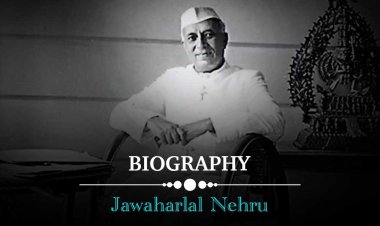Nelson Mandela Was the First Black President of South Africa | Biography, Life, Education, Apartheid, Death, & Facts
Nelson Rolihlahla Mandela was a South African anti-apartheid revolutionary, political leader and philanthropist who served as the first president of South Africa from 1994 to 1999. He was the country's first black head of state and the first elected in a fully representative democratic election.
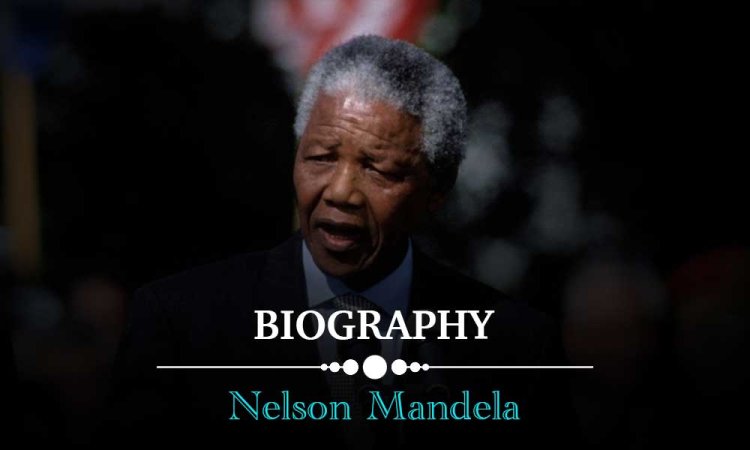
Nelson Mandela, in full Nelson Rolihlahla Mandela, by name Madiba, (born July 18, 1918, Mvezo, South Africa - died December 5, 2013, Johannesburg), Black nationalist and the first Black president of South Africa (1994 - 99). His negotiations in the early 1990s with South African Pres. F.W. de Klerk helped end the country’s apartheid system of racial segregation and ushered in a peaceful transition to majority rule. Mandela and de Klerk were jointly awarded the Nobel Prize for Peace in 1993 for their efforts.
Early life and work
Nelson Mandela was the son of Chief Henry Mandela of the Madiba clan of the Xhosa-speaking Tembu people. After his father’s death, young Nelson was raised by Jongintaba, the regent of the Tembu. Nelson renounced his claim to the chieftainship to become a lawyer. He attended South African Native College (later the University of Fort Hare) and studied law at the University of the Witwatersrand; he later passed the qualification exam to become a lawyer. In 1944 he joined the African National Congress (ANC), a Black-liberation group, and became a leader of its Youth League. That same year he met and married Evelyn Ntoko Mase. Mandela subsequently held other ANC leadership positions, through which he helped revitalize the organization and oppose the apartheid policies of the ruling National Party.
In 1952 in Johannesburg, with fellow ANC leader Oliver Tambo, Mandela established South Africa’s first Black law practice, specializing in cases resulting from the post-1948 apartheid legislation. Also that year, Mandela played an important role in launching a campaign of defiance against South Africa’s pass laws, which required nonwhites to carry documents (known as passes, passbooks, or reference books) authorizing their presence in areas that the government deemed “restricted” (i.e., generally reserved for the white population). He travelled throughout the country as part of the campaign, trying to build support for nonviolent means of protest against the discriminatory laws. In 1955 he was involved in drafting the Freedom Charter, a document calling for nonracial social democracy in South Africa.
Mandela’s anti-apartheid activism made him a frequent target of the authorities. Starting in 1952, he was intermittently banned (severely restricted in travel, association, and speech). In December 1956 he was arrested with more than 100 other people on charges of treason that were designed to harass anti-apartheid activists. Mandela went on trial that same year and eventually was acquitted in 1961. During the extended court proceedings, he divorced his first wife and married Nomzamo Winifred Madikizela (Winnie Madikizela-Mandela).
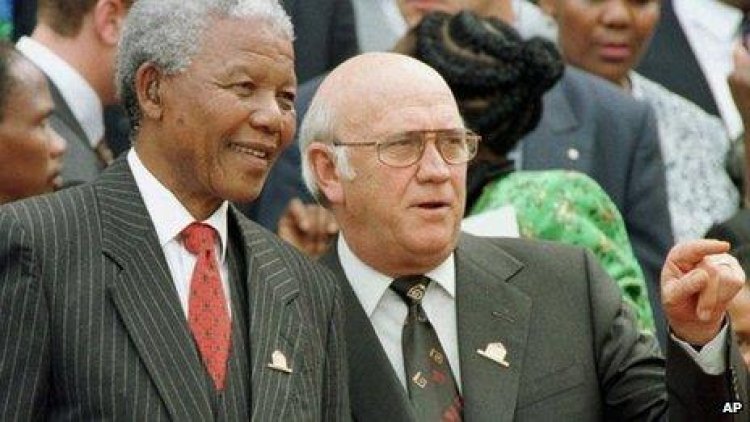
Image Source - BBC
After the banning of the ANC in 1960, Nelson Mandela argued for the setting up of a military wing within the ANC. In June 1961, the ANC executive considered his proposal on the use of violent tactics and agreed that those members who wished to involve themselves in Mandela’s campaign would not be stopped from doing so by the ANC. This led to the formation of Umkhonto we Sizwe. Mandela was arrested in 1962 and sentenced to five years imprisonment with hard labour. In 1963, when many fellow leaders of the ANC and the Umkhonto we Sizwe were arrested, Mandela was brought to stand trial with them for plotting to overthrow the government by violence. His statement from the dock received considerable international publicity. On June 12, 1964, eight of the accused, including Mandela, were sentenced to life imprisonment. From 1964 to 1982, he was incarcerated at Robben Island Prison, off Cape Town; thereafter, he was at Pollsmoor Prison, nearby on the mainland.
During his years in prison, Nelson Mandela’s reputation grew steadily. He was widely accepted as the most significant black leader in South Africa and became a potent symbol of resistance as the anti-apartheid movement gathered strength. He consistently refused to compromise his political position to obtain his freedom.
Time in Prison
Mandela’s death sentence was commuted to life imprisonment and from 1964 –1981 he was incarcerated at Robben Island Prison, off Cape Town. In prison the conditions were sparse; however, Mandela was with many other political prisoners, and there was a strong bond of friendship which helped to make more bearable the difficult prison conditions. Also, in prison, Nelson Mandela was highly disciplined; he would try and study and take part in exercise every day. He later said these years of incarceration in jail were a period of great learning, even if painful. Mandela also created friendships with some of the guards. Mandela would later say that he felt he was fighting the apartheid system and not individual white people. It was in prison that Mandela became aware of the passion that Afrikaners had for rugby, and he developed an interest himself.
During his time in prison, Mandela became increasingly well known throughout the world. Mandela became the best known black leader and was symbolic of the struggle against the apartheid regime. Largely unbeknown to Mandela, his continued imprisonment led to worldwide pressure for his release. Many countries implemented sanctions on apartheid South Africa. Due to international pressure, from the mid-1980s, the apartheid regime increasingly began to negotiate with the ANC and Nelson Mandela in particular. On many occasions, Mandela was offered conditional freedom. However, he always refused to put the political ideals of the ANC above his own freedom.
Freedom and a new Rainbow Nation
Eventually, Nelson Mandela was released on February 11, 1990. The day was a huge event for South Africa and the world. His release is symbolic of the impending end of apartheid. Following his release there followed protracted negotiations to secure a lasting settlement. The negotiations were tense often against the backdrop of tribal violence. However, in April 1994, South Africa had its first full and fair elections. The ANC, with 65% of the vote, was elected and Nelson Mandela became the first President of the new South Africa.
What's Your Reaction?
 Like
0
Like
0
 Dislike
0
Dislike
0
 Love
0
Love
0
 Funny
0
Funny
0
 Angry
0
Angry
0
 Sad
0
Sad
0
 Wow
0
Wow
0











